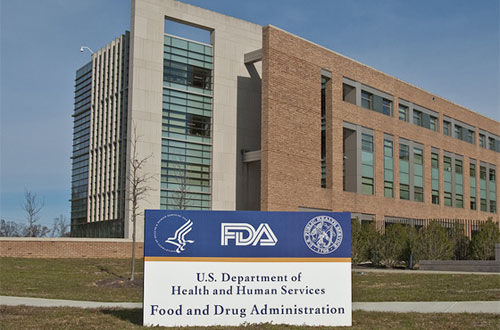
US politicians have called on the FDA to publish biosimilar naming guidance without delay to remove one of the remaining obstacles keeping the drugs from the market.
In a letter to Health and Human Services Secretary Sylvia Burwell, the lawmakers say the need for clear rules on naming and interchangeability of biosimilars with their branded counterparts has been made even more acute following the receipt of the first marketing application for a biosimilar product in the US.
Sandoz filed for approval of a biosimilar version of Amgen’s granulocyte colony-stimulating factor (G-CSF) Neupogen (filgrastim) last month, the first application to be made under the 351(k) regulatory route laid out by the Biologics Price Competition and Innovation ACT (BPCIA) in 2009.
Cheaper biosimilar copies of the drug and other innovator biologics have been available for years in Europe and other parts of the world, with Sandoz launching its biosimilar filgrastim (EP2006) – sold as Zarzio – in Europe in 2009. According to the company Zarzio is the leading G-CSF in Europe with a 30 per cent market share.
INN-keeping?
In Europe, biosimilars have been approved using the same international non-proprietary name (INN) as the related innovator biologic, although debates continues over whether this is advisable. Other countries – and particularly the US – believe each biosimilar should have a unique non-proprietary name as they are not identical to the original drug.
Generics companies and other proponents of using the same INN argue that not to do so would hamper substitution of the branded generic with a cheaper alternative – to the detriment of healthcare costs – and lead to a lack of harmonisation between the US and other parts of the world.
Different names could also compromise patient safety by causing confusion that could lead to prescribing errors, they claim. For example, two biosimilars with the same active but different names could be prescribed alongside each other to a patients, leading to double dosing.
In the other camp, which consists mainly of brand-name biologic producers, those pushing for unique names for biosimilars argue that this will help track usage of these medicines and be an aid to pharmacovigilance. Biosimilars are not like small-molecule generics, and while there should be no “clinically meaningful” differences between the biosimilar and innovator biologic, they suggest subtle changes could lead to variations in side effects and efficacy over time which a separate nomenclature would help monitor.
Even in Europe there seems to be divergence of opinion on nomenclature, with a recent physician survey by FirstWord suggesting that fewer than half of those surveyed supported using the same INN while member states seem to be broadly in favour of doing so.
Meanwhile, physician surveys also reveal a wide variation in Europe on the willingness of doctors to prescribe biosimilar drugs within the first year of launch, given their relative lack of efficacy and safety data compared to the originator drug.
The World Health Organization (WHO) is responsible for the INN system, so its view on the matter is clearly paramount. In a just-release guidance document it has tried to strike a compromise between the two sides, suggesting that the INN be used followed by a four-letter code denoting the identity of the biosimilar.
The use of the code would be voluntary and left to the discretion of each regulatory authority, a provision which is seen in some quarters as a means of sidestepping the issue in countries like the US while preserving the integrity of the INN system. Comments on the WHO proposal can be filed until September 19.
The Biotechnology Industry Organization (BIO) in the US welcomed the WHO proposal for a ‘biological qualifier’, saying it “strongly supports [the] intent to ensure that all biological medicines are distinguishable”. It added:
“Biosimilars … raise novel and complex questions of science and law that require the updating of legal and regulatory frameworks to ensure, among other things, accurate product identification.”
Whether the WHO’s proposals serve to polarise the two camps or bring them close together remains to be seen, but in the meantime, the FDA should deliver publish a draft of its own thinking on naming and interchangeability without delay, according to senior figures in the US Committee of Health, Education, Labor and Pensions (HELP).
“The public needs time to comment and FDA needs time to revise the policies set forth in this draft guidance if necessary,” they write in the letter to Burwell.




